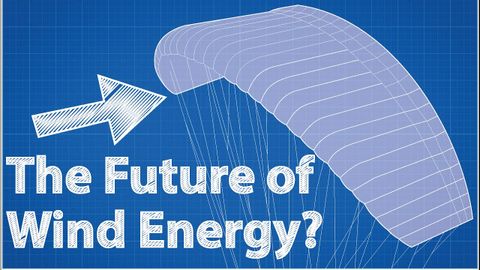風力発電の未来?- カイトパワーシステムズ (The Future of Wind Power? - Kite Power Systems)
Sam Cheng が 2021 年 01 月 14 日 に投稿  この条件に一致する単語はありません
この条件に一致する単語はありませんUS /pəˈtɛnʃəl/
・
UK /pəˈtenʃl/
- adj.可能性がある;潜在的な
- n. (u.)可能性
- n. (c./u.)可能性;潜在能力;候補者;ポテンシャル
US /sɪɡˈnɪfɪkənt/
・
UK /sɪgˈnɪfɪkənt/
- n. (c./u.)大きさや格など;うろこ;はかり;音階;規模
- v.t./i.(縮尺比に従って)拡大する : 縮小する;登る;魚のうろこを取る
US /ˈtɪpɪklɪ/
・
UK /ˈtɪpɪkli/
エネルギーを使用
すべての単語を解除
発音・解説・フィルター機能を解除

